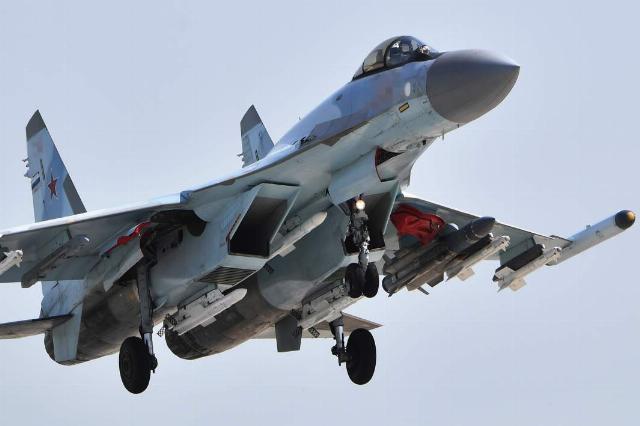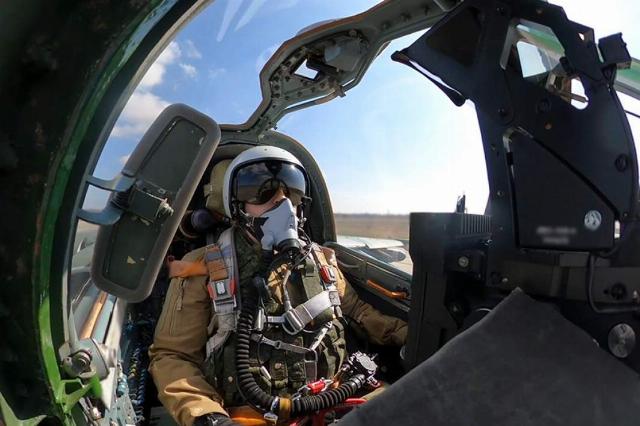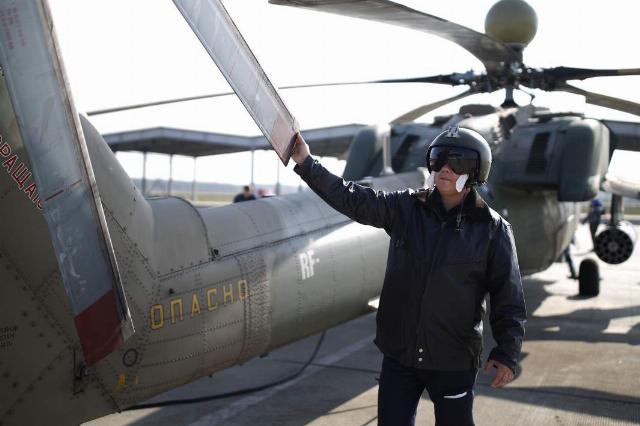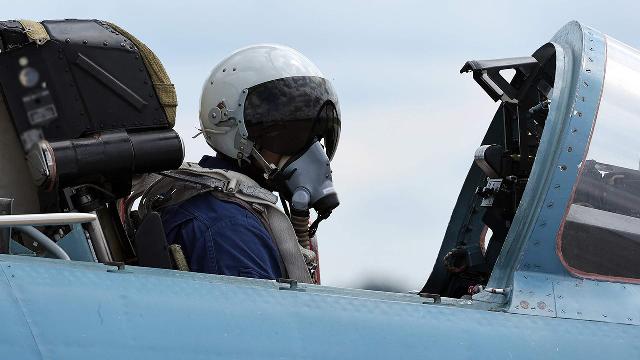Tactical developments of a special military operation will be used in the training of aircraft and helicopter crews
Flights at ultra—low altitudes, anti-missile maneuvers, the use of weapons from maneuvering - such elements will be emphasized in the training of pilots, experts interviewed by Izvestia believe. In two and a half years of special operations, the Russian Aerospace Forces have gained experience that no one else in the world has. How it can be implemented into the combat training of aircraft and helicopter crews and which elements have become the most important — in the Izvestia material.
What tactical elements are used by pilots in a special operation
Over the past two and a half years, Russian military pilots have gained a unique experience that no one else has, former commander of the 4th Army of the Air Force and Air Defense, Lieutenant General Valery Gorbenko, told Izvestia. And the developed tactical elements should be used in the combat training of flight personnel.

Su-35 fighter jet
Image source: Photo: RIA Novosti
One of the most important tactical elements in demand during the special operation was flights at ultra-low altitudes, Honored Test pilot, Hero of Russia Igor Malikov told Izvestia.
"Man—portable air defense missile systems are a very dangerous thing," he said. At extremely low altitudes, an airplane or helicopter moves very quickly, and the fighter does not have time to raise his weapon and shoot. The second point is that it is constantly necessary to change flight assignments. You should never walk the same route, otherwise he may be shot with the same MANPADS or put another air defense system there.
Igor Malikov called the work from maneuvering an important tactical element in demand in a special operation, when an aircraft fires or drops at the moment of a sharp climb with its nose raised relative to the horizon. Accordingly, the trajectory of the ammunition becomes hinged, thereby increasing the range of damage.
— This allows you not to enter the area of operation of the air defense facility, — he explained. — But getting off the cab at the same time is a difficult task. And it requires special skill of the crews.
In addition, it is necessary to train pilots to perform anti-missile maneuvers, Igor Malikov added.

Photo: TASS/The press service of the Ministry of Defense of the Russian Federation
Image source: iz.ru
— Our flight crews have gained unique experience over the past two and a half years and are now passing it on to the next generation. Previously, for example, flights at ultra-low altitudes were prohibited because they were considered unsafe. And today it turned out that this is the most important element of combat training," the expert concluded.
According to Valery Gorbenko, the accumulated experience concerns not only tactical elements, but also aviation management in general. It is dispersed at airfields remote from the line of contact.
"Planes land at frontline airfields only for refueling and for ammunition suspension," the general noted. — They have worked and are leaving. A lot has changed and affected all types of armed forces.
The expert said that in those areas where enemy opposition is expected, helicopters operate without entering the range of its firepower.

Mi-28UB helicopter
Image source: Photo: RIA Novosti/Vitaly Timkiv
— And if the vehicles go beyond the contact line, then a pair of combat turntables is accompanied by a transport helicopter, which is carrying a search and rescue service group, - he noted. — If the helicopter is picked up, the group will land and immediately evacuate the crew. Many such moments appeared in order to reduce losses among the flight crew. Compared to previous military conflicts, this one turned out to be especially serious, many new problems arose and, accordingly, their solutions," the general concluded.
Earlier, the head of the army aviation of the VKS, Yuri Borisikov, said that tactical elements developed on the basis of the experience gained by the pilots during the special operation are being introduced into the combat training program. According to him, based on the experience gained, new tactical and technical developments are emerging, which in turn is being implemented in the training of flight, engineering and technical personnel and ground services.
What innovations appeared earlier during the special military operation
New elements in the use of army aviation appear regularly during a special military operation. As reported by Izvestia, since last year, special helicopter detachments have been formed as part of the Russian Navy, whose task is to search for and destroy semi-submersible marine drones. The Ka-27, Ka-29 and Mi-8 perform this task.
Ka-27 helicopter
Image source: Photo: IZVESTIA/Pavel Volkov
And since this year, a section on the destruction of unmanned aerial vehicles has appeared in the combat training program for naval aviation helicopters. The tactics are based on the interaction of pairs of Ka-27 and Ka-29 helicopters. The former will perform reconnaissance tasks, search for surface drones, the latter will destroy detected objects. The combat training program takes into account the specifics of the actions of all fleets and flotillas of the Russian Navy. Thus, in the anti-drone program developed for the naval aviation of the Northern Fleet, the emphasis is on searching for complex objects among the ice and in the conditions of the polar night. In the case of the Pacific Fleet, the main task is to search for surface drones over a large area in bad weather conditions.
Recently, helicopter pilots have begun to develop a method of combating attacking kamikaze drones. They will have to evade UAV attacks using maneuvers and speed superiority. But experts call airborne electronic warfare systems the main means of counteraction.
Roman Kretsul
Andrey Fedorov

